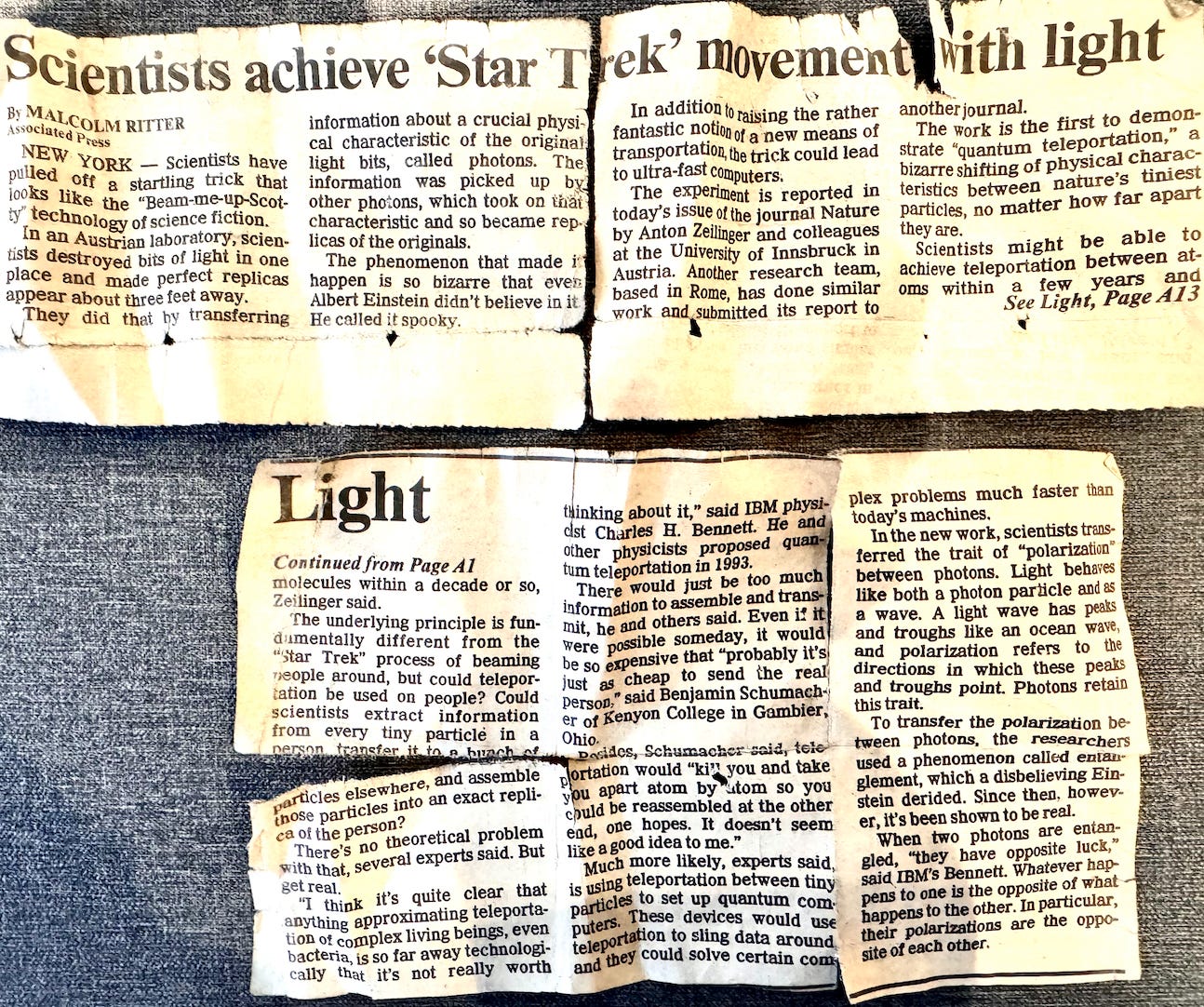If this is your first time here, I’d recommend starting from the beginning. You’re landing in the middle of a long conversation, and this part is the longest so far (buckle up!). This conversation began with the rise of artificial intelligence and turned quickly toward something more personal: our own sense o…
Substack is the home for great culture




